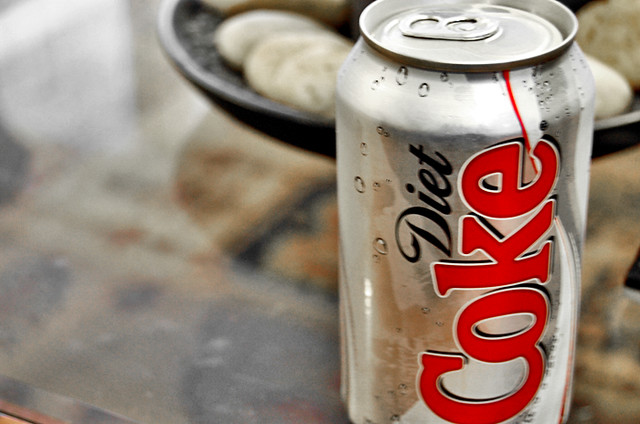
Most of us have experienced sticker shock when we’ve gone to a pharmacy to pick up a prescribed drug. Most people have no clue how much some of their prescriptions really cost because they have them covered by their healthcare plans. They go to the pharmacy, pay their co-pay and go on their merry way. Those that do not have healthcare coverage for prescriptions are the ones that are shocked at how much a prescription can cost. Then you have those with conditions or illnesses that require prescriptions that are not covered by their healthcare plan.
Some years ago, I worked with a man who was battling leukemia. Most of the standard treatments did not work and his doctors convinced him to try a new drug which was not covered by our healthcare plan. When he went to pick up the prescription, it cost him over $3,000 for a two week supply. Sadly, that new drug didn’t help either and he died a couple months, but not after spending tens of thousands of dollars just on prescriptions.
We’ve heard a lot on the news over the past year or two about the high cost of some important drugs and in many cases, the pharmaceutical companies justify the high cost by saying that it took millions of dollars to develop, test and get the drug approved. Not to necessarily defend the pharmaceutical companies, but it does take a lot of time and money to develop, test and then get approval from the FDA before a company can ever market their drug and try to recoup the costs. If you want to know what it takes to get FDA approval, I suggest you go the FDA website and see for yourself. It’s quite a process.
Once a drug has been tested and finally achieves FDA approval, most of us believe the drug is now safe to take for the prescribed medical condition it’s designed to treat. But that may be a dangerous misconception.
Researchers at Yale University led a research study to determine just how safe FDA approved drugs are and their findings may shock you and make you hesitate the next time your doctor writes you a prescription.
According to a report issued by Yale:
“To assess new drugs for safety and effectiveness, the FDA relies on premarket drug testing and clinical trials. Most of the trials involve fewer than 1,000 patients studied over a period of six months or less, making it difficult to detect safety issues that might be identified once more patients use the drug over a longer time period. To identify factors that might enhance patient safety and regulatory surveillance efforts, the Yale-led team analyzed data on new drugs approved between 2001 and 2010, with follow up through 2017.”
“The research team, led by associate professor of medicine and public health Dr. Joseph Ross, found that 32% of new drugs were flagged for a safety issue after approval. ‘That is very rarely a drug withdrawal, but more commonly a black box warning, or drug safety communication issued by the FDA to let physicians and patients know that new safety information has been determined,’ said Ross.”
“The researchers also identified characteristics of drugs that were more likely to be associated with a safety concern, including biologic therapies and drugs that were approved through the FDA’s accelerated approval pathway.”
The Yale study revealed that 1 in every 3 new drugs approved by the FDA had safety concerns. In addition, they found that more drugs also warranted safety concerns. The really concerning issue is that it’s rare for a drug, once approved to be un-approved and removed from the list.
Whenever my wife or I receive a new prescription, we do a little research on the drug first before we ever start taking it. It has paid off on occasion because my wife does have a reaction to some classes of drugs and have found that she could have a negative reaction to the drug. We notified the doctor who then prescribed something more tolerable to her. Don’t blindly rely on your doctor to know everything. Ultimately, you need to take some responsibility for your health and do a little research when necessary.








